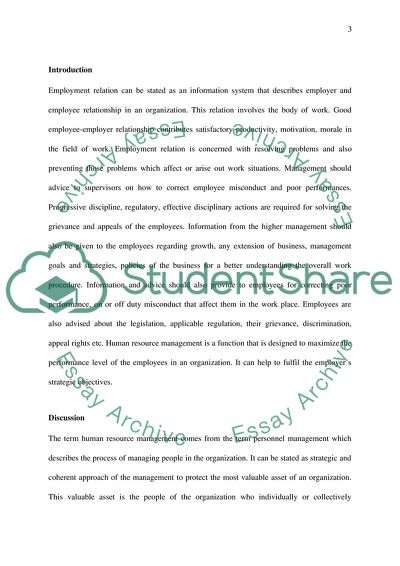Cite this document
(Employment Relations and Human Resources Management Essay, n.d.)
Employment Relations and Human Resources Management Essay. https://studentshare.org/human-resources/1830867-employment-relations-and-human-resources-management
Employment Relations and Human Resources Management Essay. https://studentshare.org/human-resources/1830867-employment-relations-and-human-resources-management
(Employment Relations and Human Resources Management Essay)
Employment Relations and Human Resources Management Essay. https://studentshare.org/human-resources/1830867-employment-relations-and-human-resources-management.
Employment Relations and Human Resources Management Essay. https://studentshare.org/human-resources/1830867-employment-relations-and-human-resources-management.
“Employment Relations and Human Resources Management Essay”. https://studentshare.org/human-resources/1830867-employment-relations-and-human-resources-management.


